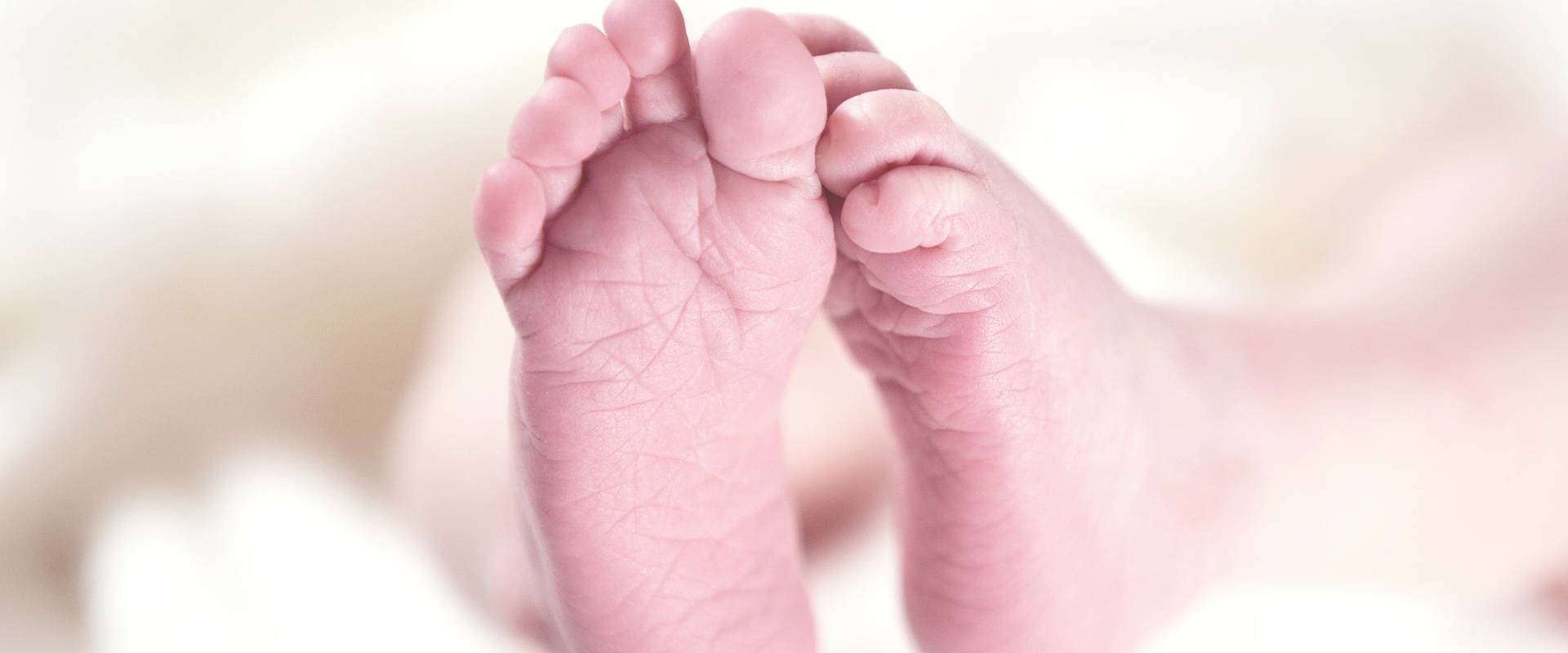An ingrown toenail (also known as onychocryptosis) occurs when the nail grows sideways into the toe, and not outward. The result is pain in the side of the toe. The big toe is most commonly affected. It can be caused by any situation that interferes with the proper outward growth of the nail, such as improper trimming of the nail or incorrect footwear.
Diagnosis
The diagnosis of an ingrown toenail can be made on the basis of the appearance of the toe. A history is also obtained to determine the cause of the ingrown toenail, and to address any predisposing conditions.
Treatment
In some cases, the edge of the nail can be separated from the side of the toe. Padding is the placed between the nail and the toe to encourage growth in the correct direction. Many cases require surgical removal of the toenail. A new, normal nail then grows in over the next several months.
Without Treatment
The nail may continue to grow into the side of the toe. This can lead to progressive pain or recurring infection. It is most serious in people with underlying medical problems such as diabetes or peripheral vascular disease.

